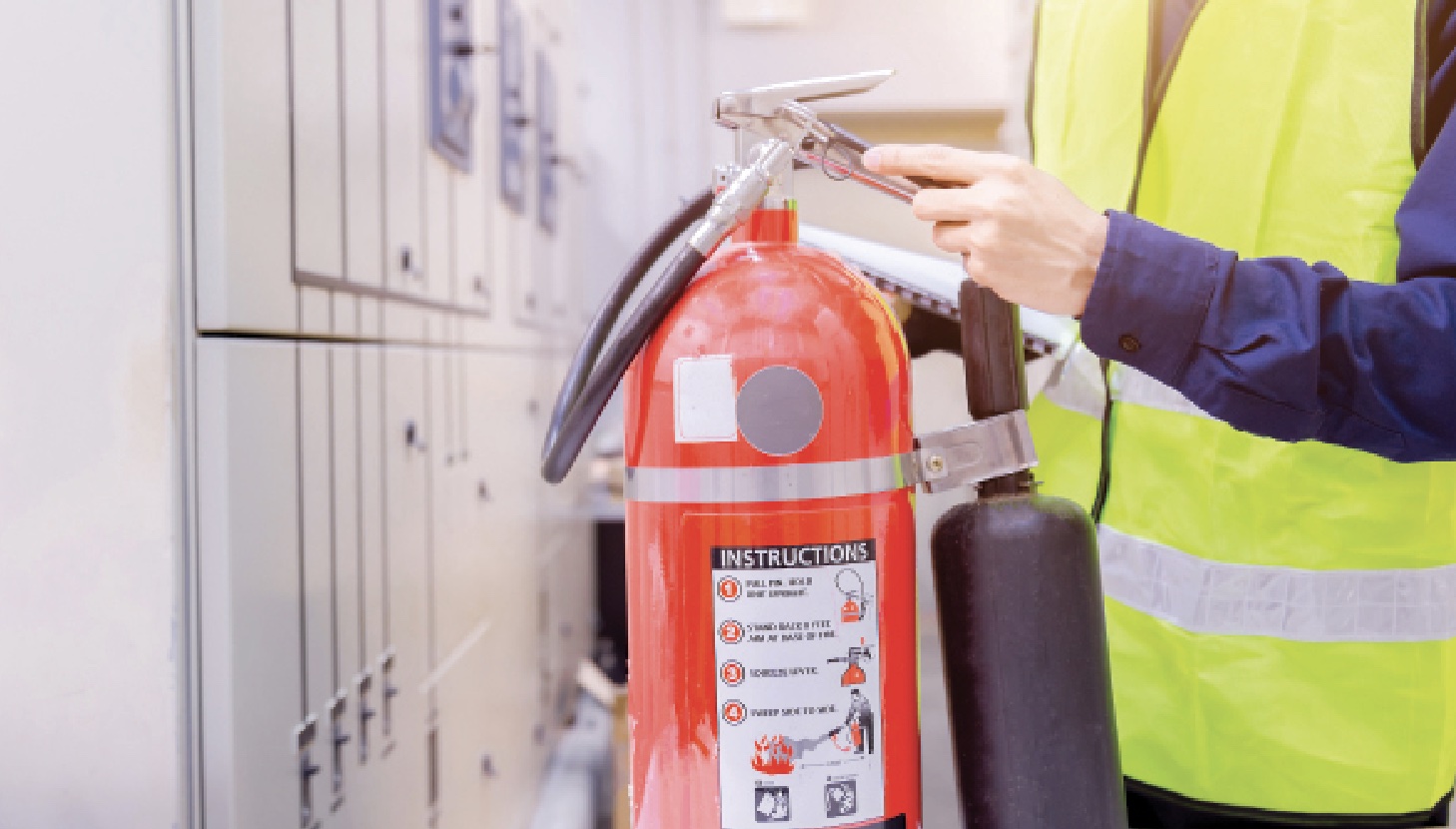
Reopening offices? Here’s a list of things to check
May 5, 2022
By
David Reiter
 Here we go again. Spring is here, COVID case numbers are declining, and most of us are feeling hopeful. That has especially been the case given recent government announcements that COVID restrictions are being lifted. Fingers crossed — hopefully life is starting to return to normal.
Here we go again. Spring is here, COVID case numbers are declining, and most of us are feeling hopeful. That has especially been the case given recent government announcements that COVID restrictions are being lifted. Fingers crossed — hopefully life is starting to return to normal.
Against that backdrop, many employers have started, or are poised to start, bringing employees back to offices and other workplaces. From an OHS perspective, employers would be well advised though to remain mindful of the risks that COVID may still pose, along with other risks connected to returning to the workplace.
Understanding that, a good starting place for employers always has been the risk assessment. This time, though, it may be appropriate also to include in their assessments the indirect occupational health and safety risks that stem from the pandemic.
For example, if workers have been out of the office for a good part of the last two years, employers may need to conduct a thorough inspection of the workplace for any hazards that may have developed over the course of the pandemic. Mold or bacterial build up may have occurred in certain parts of the workplace, such as in the vents or in communal kitchens where cleaning may not have been as consistent without workers in the office.
Fire safety equipment should also be tested if it hasn’t been done recently, as should other equipment or tools or equipment which may have suffered from neglect or lack of use. Simply put, proper and comprehensive inspections of the workplace are always going to be useful.
Other precautions employers may want to look at could include the added stresses workers may face after having been away for so long. Anxiety about COVID and the return to in person working may be a consideration. So too, the stresses associated with exposing vulnerable family members to COVID, or just general re-adjustment to being away from family and home all day, may be considerations. While employers may be within their rights to require workers to come back to the office, they must also take reasonable steps to protect workers from harm, and accommodate disabilities.
Appreciating that, strategies employers may want to consider to mitigate these concerns could include providing employees with significant notice about return to office plans, implementing phased-in approaches to the return, encouraging the use of, and making available, personal protective equipment, and the avoidance of large, in person meetings — at least during the early stages of the return.
Of course, many employers may also choose to continue taking measures aimed directly at COVID, such as requiring masks and social distancing. In many situations, such measures may be appropriate or even required. However, employers may also benefit from other methods to improve occupational health and safety that offer less intrusive approaches. For example, improving ventilation in the workplace through increasing air flow and filtration may be warranted. It may be that this can be done through the installation of HEPA filters, cleaning and improving HVAC filtration, or even just keeping windows open as the weather permits. Changes like that can improve workplace health and safety without employees feeling restricted, or even noticing the changes.
Having noted that, given that we’re still in the early stages of what hopefully will be the beginning of the end of the pandemic, employers may be wise – for the foreseeable future at least – to maintain a written COVID safety plan, remembering that in some jurisdictions they may continue to be required. These plans should be re-evaluated and updated as appropriate as the pandemic continues to evolve.
Finally, employers may also do well to remember that the situation can be fluid, and restrictions could come back. Additionally, some local health units and municipalities could impose more stringent measures on workplaces. For instance, many local health units have workplace vaccination policy requirements. Appreciating that some municipalities may remove these policies faster than others, employers should also be considering their messaging, recommendations, and requirements from their local public health authorities, and any local restrictions that affect their workplaces.
David Reiter is a partner with Aird & Berlis in Toronto. This article offers general comments on legal developments of concern to business organizations and individuals, and is not intended to provide legal advice. Readers should seek professional legal advice on the particular issues that concern them.